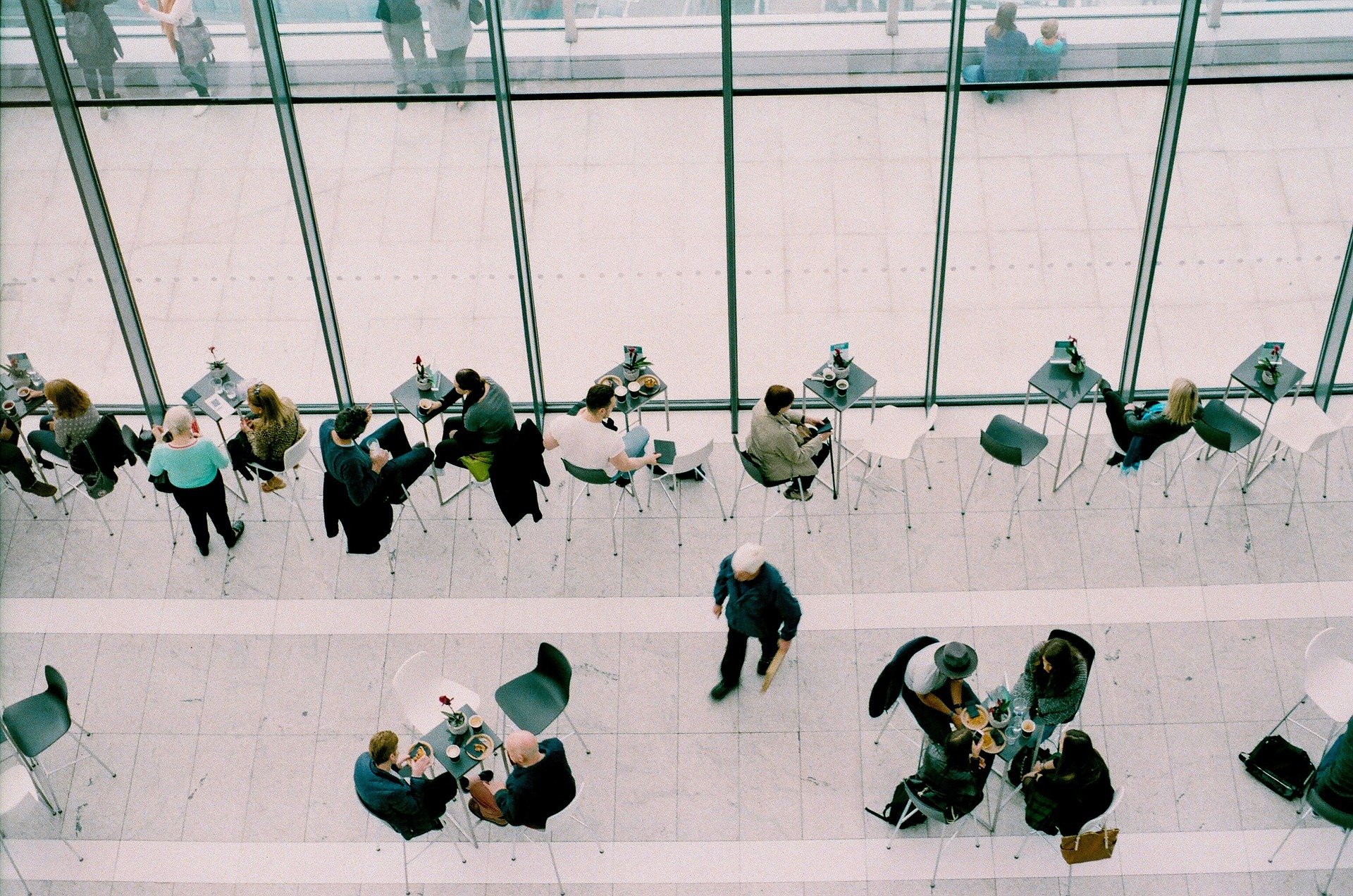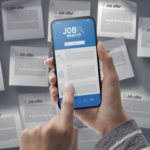EACH MONTH WE WILL BE SHARING FOUR, CAREFULLY CHOSEN ARTICLES FROM THE LATEST ISSUE OF OUR FLAGSHIP PUBLICATION ‘THEHRDIRECTOR’ WHICH EXEMPLIFY THE HIGH STANDARDS WE STRIVE TO ARCHIVE. WE HOPE YOU FIND THIS IN-DEPTH ARTICLE OF INTEREST AND DECIDE TO BECOME ONE OF OUR VALUED SUBSCRIBERS.
The workplace transformed, we bore witness to mass employee displacement, changes in the primary location of work and the erosion of traditional hierarchical structure of organisations. Now is the time for adaptation, experimentation, of reformation and renaissance. If HR is the artist of this new and vibrant landscape, then Organisational Design (OD) is the palette upon which to squeeze the primary colours and coax them to be the hues and shades of a spectacular new dawn.
Before the pandemic period, priorities have dictated, waters have been muddied and most businesses have been operating in ways that could never have been envisaged pre-pandemic. Overall, businesses have adapted and have found that they can move quickly and be productive under extraordinary circumstances and it is this agility and adaptability that has proved a compelling combination, which firms are keen to lead with, as we transition into the hybrid workforce era. With around 86 percent of the largest employers stating that they will not insist that staff come back to the office once restrictions lift, this is more than a shakeup of the workplace dynamic, it is a once-in-a- generation catalyst. The uniqueness of businesses means there is no silver bullet for organisational design, different sectors and situations will require different strategies. For businesses that have struggled to stay afloat, it will be about recovery and rebuilding, diversifying risk and reconnecting employees who were furloughed. For others who fared better, it will be about accelerating growth and leveraging the post-COVID bounce in their sectors. The challenge for post-COVID OD strategies will be ensuring they can cater for a myriad of needs – not least wellbeing and resilience – to help work towards business purpose. Every firm needs to plot its own course by focusing on what worked across the pandemic – and what did not – across the key principles within organisational design.
In these times of separation, the primary focus of OD must be to ensure effective communication, collaboration and clarity of accountability. Working remotely has forced companies to be creative in encouraging collaboration and that means striking a balance of communication and check ins, mindful that too much during lockdown proved unconducive to employee wellbeing. There has been an acceleration of the digitisation of the workplace due to the need for remote solutions and of course, this has been invaluable over the pandemic. But businesses will need to consider how to integrate this into their post-pandemic operations, so that benefits are retained, whilst operating in new ways. For many, the tools have enabled colleagues to connect faster and easier – especially if meeting rooms were a rare commodity in the office and use of digital tools has also equalised the voice of many participants and provided access to a more diverse pool of talent. Indeed, pre-pandemic, often offices were limited in just how diverse they could be by their location. But now, the capacity to hire people from anywhere in the world will create a level of diversity that could only have been dreamed of. Moving to a hybrid model, there will be people in multiple places, often a group in the office, others working remotely and it will be crucial to figure out how best to ensure collaboration across locations and time zones. Guidelines on which meetings will only be held when people are either fully face-to-face, fully digital or a combination, will be useful to all that participate. Speaking of physical presence, what the bricks and mortar building represents is of course changing and what its future functions are, will inform scale and facilities, which will need to be in tune with the ebb, flow and number of people coming and going in less rigid timeframe parameters. This will take some time and effort to calibrate efficiently and effectively, but is an important element of the hybrid future. In fact, 66 percent of firms are redesigning their spaces post-pandemic and many are cutting office space. Of course, this depends on sector and business type, there are organisations in which the majority of employees have to be physically present, so a general rule for all will be to design a central function that reduces any feeling of a two-tier, them-and-us situation.
All this talk of bricks and mortar and technology, lest we forget, our primary concern is retaining the human connection and here, connectivity is the keystone. With businesses cutting their office space and potentially redesigning to gain more co-working spaces, the traditional face-to-face will be impacted to some degree. We also need to be aware that video call fatigue is real and it is easy to over connect. For many, working remotely has humanised co[1]workers in ways that would have been inconceivable before. That window into someone’s home provides colour that is often lacking in the workplace and it enhances empathy. But on the other side, isolation has been a real issue for some. Achieving balance is crucial and so OD needs to factor in support mechanisms and ways of connecting people in a balanced way, which will be essential for wellbeing in the long term.
There have been many pros and cons that have resulted from this crisis, a headline example being the time not spent on commuting, whereby some have managed to redistribute this time and many have enjoyed this change in pace. But of course, others have been overworked and have experienced burnout from the lack of separation from home and work life, or they have been working in an unsafe or unsuitable environment. With six-in-ten UK managers experiencing burnout at work because of the COVID-19 pandemic, the impacts cannot be underestimated.
That organisations consider the needs of their employees is even more important now through connectivity, which needs to be managed within the leadership structures of the OD. Prior to COVID-19, there was a view that the optimal number of employees per line manager was between eight and ten. But post-pandemic, this number needs reviewing and potentially reducing by half. When leaders are not in the same room as their reports, it is hard to give time to people effectively and it can create a disconnect between colleagues, if staff are not adequately supported. In most cases, people still leave their managers – not the business – so OD can support line managers so they are as effective as possible. Leadership structures need to look at the question of governance too, recognising that during the pandemic, being forced into change, they tried things that, ordinarily they may not have, for fear of the risks. Post pandemic businesses will need to sustain the quick decision-making that has been practiced over the last year and a half.
For HR leaders, policies also need to be revisited. These must adapt to the new ways of working, otherwise they could be a liability for businesses. Most contracts from pre-pandemic times will not include remote or hybrid working, but that needs to change. If people want to work from abroad, teams must think about tax liabilities and if restrictions need to be put in place. If employees need to come to the office, there also needs to be a clear policy around who pays – is it expensed, or is it the responsibility of the employee? Indeed, working from home may impact recruitment and pay policies – hiring people who don’t require London or major city pay weighting, is much easier now. Through the whole process of reforming the organisational design of the company, there needs to be engagement mechanisms and active listening. Two-way communication and adequate involvement from employees are both crucial. Only then can collaboration and effective OD be put in place.









